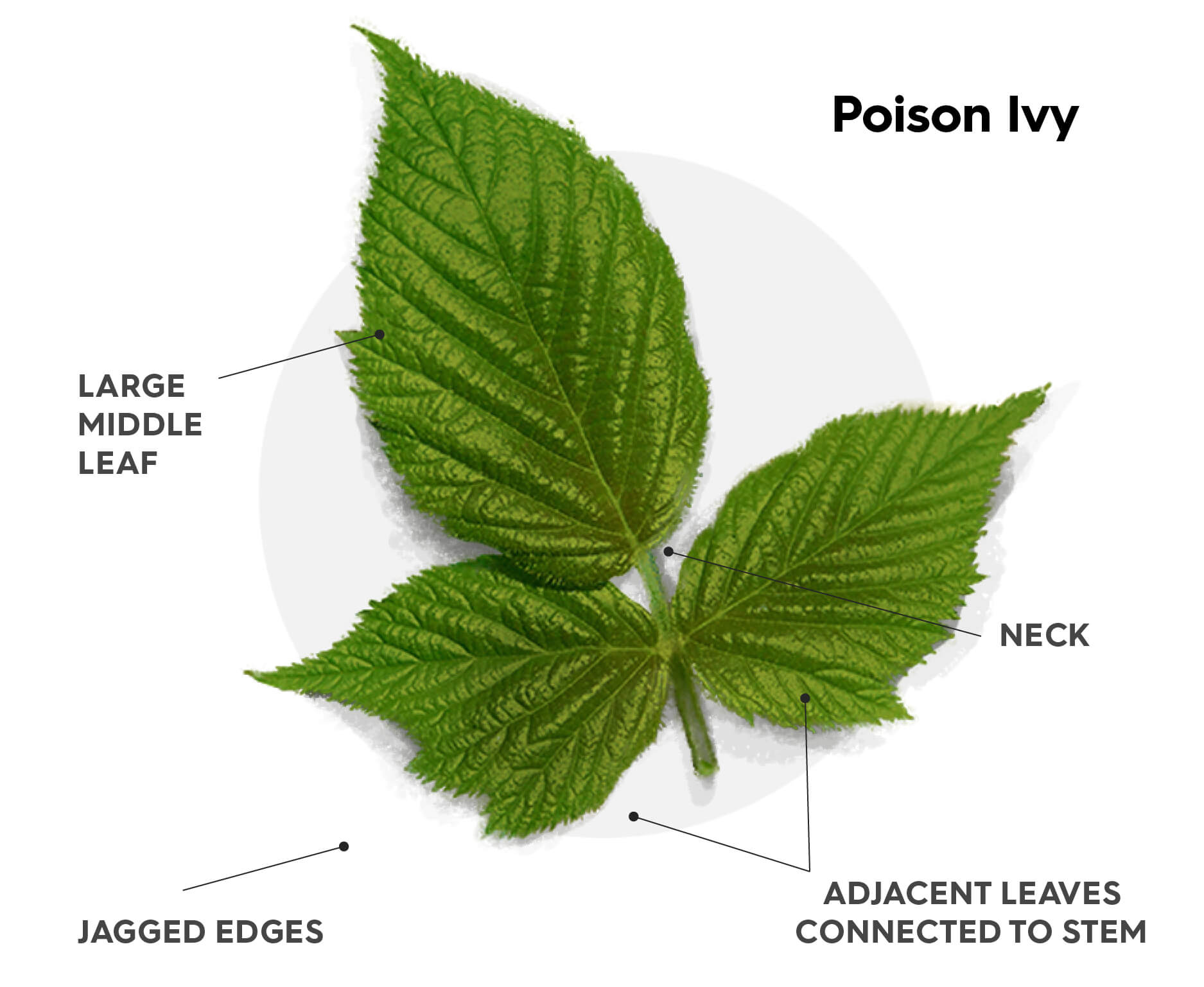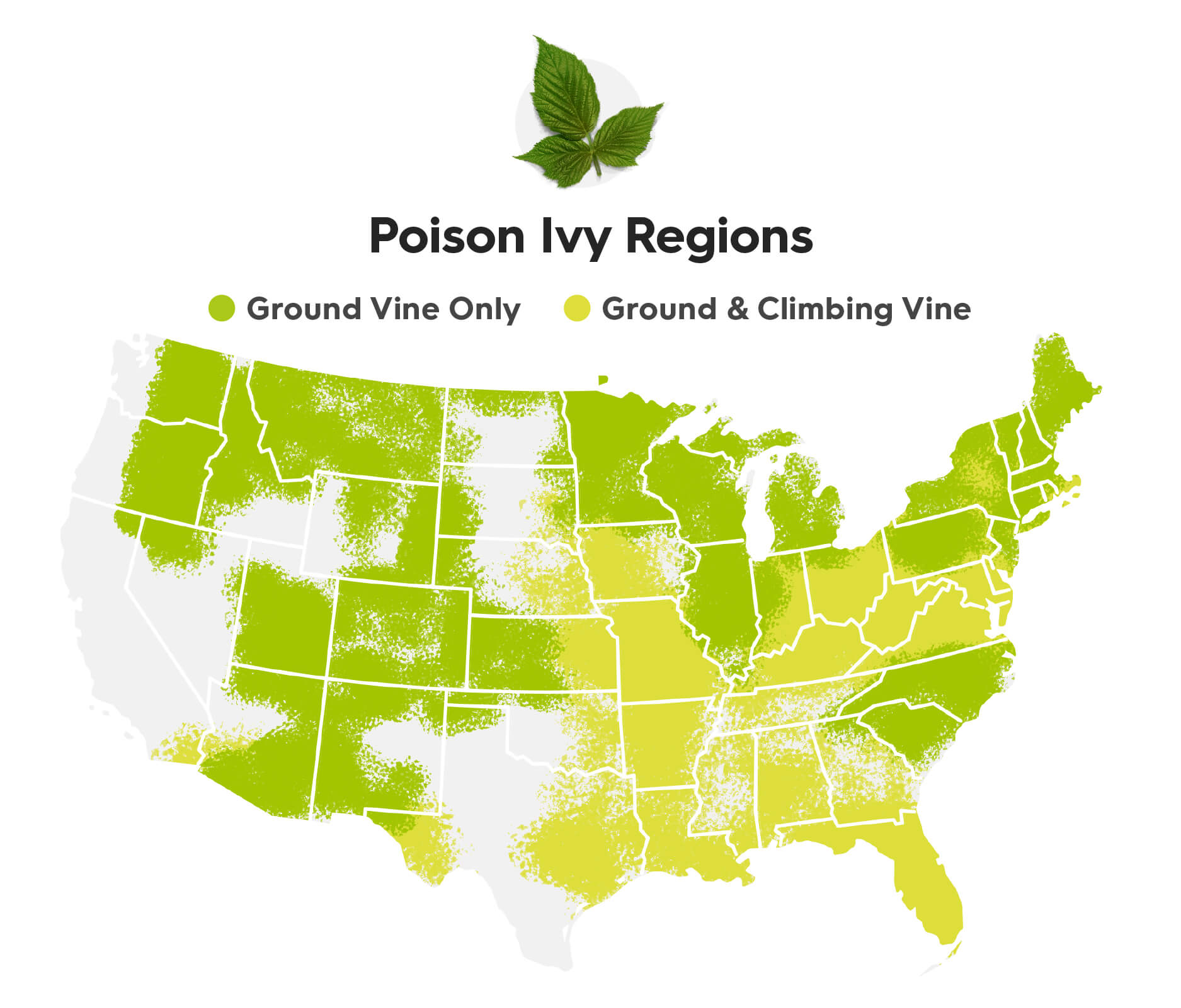How to treat poison ivy or poison oak this summer
You’ve likely heard the saying “leaves of three, let it be. Berries of white, run in fright.” These words are often invoked to help people identify and avoid poison ivy and oak. But, what happens if you accidentally walk through a patch of poison ivy? Didn’t realize you set up camp next to poison oak? Or are pulling weeds that end up … well, not being harmless weeds? Don’t worry. We’re here to help.
We'll cover
What are poison ivy and poison oak?
Poison ivy and poison oak are plants that can look like shrubs, crawling vines or weeds. They are both incredibly adaptable plants — they even change appearance depending on the environment — so it’s important to understand how to correctly identify them whenever you’re about to hit the trail.
The leaves of the poison ivy and poison oak plants produce an oily resin called urushiol that cause allergic reactions and rashes when they come into contact with skin.
What’s the difference between poison ivy and poison oak?
You can tell poison ivy and poison oak apart by their appearance. Both plants tend to grow in groups with three leaves, but poison ivy has a more jagged edge and pointed leaf, whereas poison oak is more rounded and look like — you guessed it — oak leaves. Color and appearance can shift with the seasons and environment, so leaf shape is an important marker to look out for.
What does a poison ivy or poison oak reaction look like?
When skin comes into contact with urushiol — be it from the plant itself or contaminated objects — it causes an allergic reaction or rash on the skin typically within 48 hours. The skin may swell, blister or become red and itchy. Thankfully, the rash itself is not contagious, but if urushiol is left on the skin, it can contaminate other parts of the body so it’s important to quickly wash away the oil from your skin and wash contaminated clothing.
If you do develop a rash from poison ivy or poison oak, it’s important to closely monitor and look out for:
Severe poison oak & poison ivy reactions
- A developing fever
- Signs of infection (draining white or yellow fluids, heat from the surrounding skin)
- Changes in vision
- Worsening rash
How can I treat poison ivy or poison oak reactions?
If you come into contact with the plant, immediately wash your skin. While rashes or blisters caused by the plants are not contagious, urushiol oil can contaminate other parts of the body — or other people. This is why it’s very important to wash away oil residue from your skin and remove and launder contaminated clothing as soon as possible. You can use a basic gentle liquid dishwashing soap and warm water to rinse the oil from both your clothing and body. When washing your body, try to wipe in one direction to reduce the likelihood of further contamination.

Tami's quick tip
You can avoid a bad reaction by washing the exposed area right after contact. Be sure to scrub in one direction using a warm damp rag and mild soap like liquid dishwashing soap.
If you develop a reaction, the following steps can help manage symptoms at home:
- Use cold packs — Or take a cold bath. The cooler temperatures may help temporarily soothe the itching and irritation, and bring down swelling.
- Use topical creams — Calamine lotion, hydrocortisone cream and other antihistamine creams can relieve itching and help soothe irritation.
- Or take oral antihistamines — Benadryl, Allegra or Zyrtec provide similar relief as antihistamine creams. Just make sure not to use both a topical antihistamine cream (like Benadryl cream) and an oral antihistamine at the same time.
- Don’t scratch or pick — As tempting as it may be to scratch your rash or pop your blisters, doing so could introduce infection and cause further irritation.
How can I prevent another poison ivy or poison oak reaction?
If you’ve had a brush with poison ivy or poison oak, you want to do everything you can to avoid another one. Thankfully, there are things you can do to prevent future reactions, including:
- Wearing protective clothing — Wear long sleeves and long pants to prevent direct contact with skin. If you encounter poison ivy or poison oak on your journey, make sure to handle clothing carefully and wash it immediately.
- Remove plants in your yard — If you notice poison ivy or oak plants growing in your yard, carefully remove plants using gloves to prevent contact.
- Wash your skin — And don’t forget about your pets! Removing resin from your skin and your pet’s fur will help prevent exposure.
- Use barrier creams — Products like Ivy X Pre-Contact Skin Solution provide a layer of protection and can be used before you venture out into the woods.
Keep summer activities itch-free
No one wants to come into contact with poison ivy or oak and end up with an itchy and painful rash. But if you do come into contact with these plants, we’re here to help. By starting a visit with Virtuwell, you can get treatment quickly for poison oak or poison ivy — and get back to enjoying your camping trips and outdoor adventures in no time.
Share this post
Do you know someone who could use a simple & affordable healthcare option?






